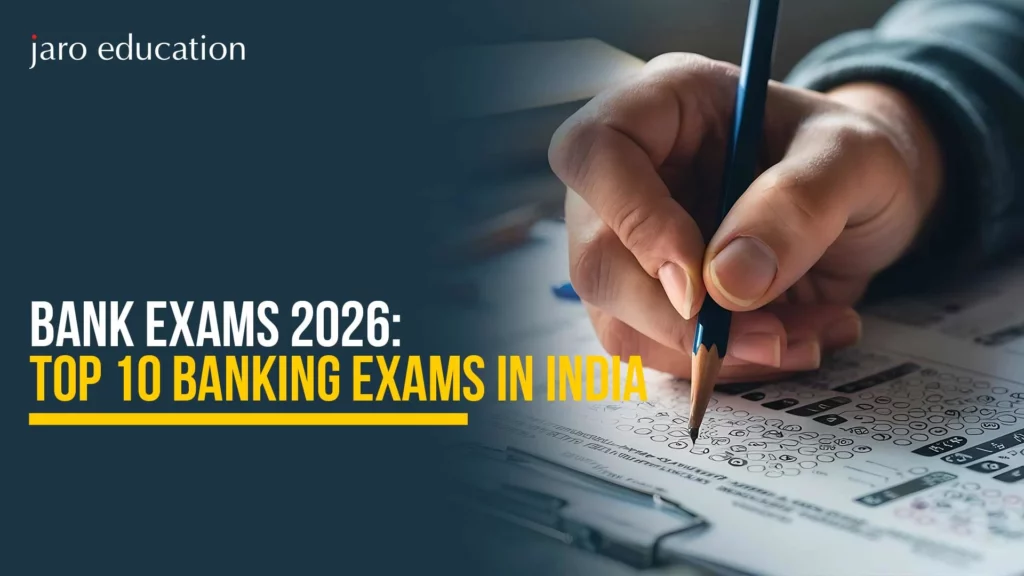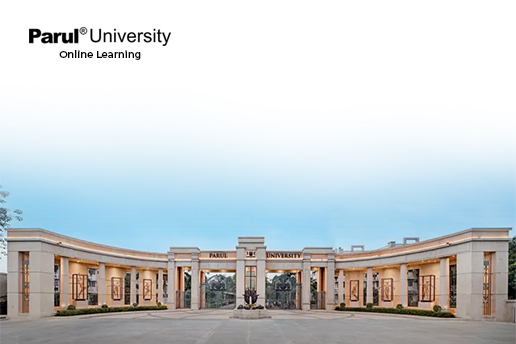Step-by-Step Guide to Developing a Blockchain Based Application
Table of Contents

Introduction
The advent of blockchain applications has revolutionised how we think about data, security, and decentralisation. Far beyond the realm of cryptocurrencies, the application of blockchain spans sectors as diverse as healthcare, finance, supply chain, logistics, and government services. As organisations and developers race to harness this transformative technology, the demand for structured and well-executed blockchain application development has skyrocketed.
This step-by-step guide aims to provide a detailed roadmap for developers, entrepreneurs, and decision-makers looking to design and deploy robust blockchain technology applications.
Let’s begin with the foundational concepts before diving deep into development steps.
Understanding Blockchain Technology
Before you can develop blockchain applications, it’s essential to understand what blockchain is at its core.
A blockchain is a decentralised ledger composed of blocks (units of digital information) chained together using cryptography. Every block contains a timestamp, a cryptographic hash of the previous block, and transactional data. Unlike traditional databases, blockchain offers immutability, transparency, and decentralised control, making it ideal for blockchain technology applications where trust, traceability, and security are paramount.

*debutinfotech.com
Step 1: Define the Problem and Assess the Need for Blockchain
Not every problem requires a blockchain solution. A critical early step in blockchain application development is determining whether your use case truly needs blockchain.
Key Considerations
- Is there a need for decentralised control?
- Is data integrity and immutability a concern?
- Do multiple parties need real-time access to shared data?
- Are transparency and auditability essential?
If the answer to these questions is yes, then pursuing blockchain applications may be appropriate.
Examples of Valid Use Cases
- Cross-border payments
- Decentralised identity verification
- Transparent supply chain management
- Secure voting systems
These are just a few examples where the application of blockchain brings immense value.
Step 2: Choose the Right Blockchain Type
One of the most strategic decisions in blockchain application development is selecting the appropriate blockchain infrastructure.
Types of Blockchains
- Public Blockchains: Open-source and fully decentralised (e.g., Ethereum, Bitcoin). Ideal for applications where transparency is crucial.
- Private Blockchains: Controlled by a single entity. Best suited for enterprise blockchain applications like internal audits and KYC systems.
- Consortium Blockchains: A hybrid model governed by a group of organisations. Suitable for inter-bank transactions and shared business processes.
Your choice depends on the use case and the degree of decentralisation and control required.
Step 3: Select a Suitable Consensus Mechanism
The consensus mechanism determines how nodes in a blockchain network agree on a single version of the truth.
Popular Consensus Algorithms
- Proof of Work (PoW): Used in Bitcoin, energy-intensive but secure.
- Proof of Stake (PoS): More efficient; used in newer blockchain applications like Ethereum 2.0.
- Delegated Proof of Stake (DPoS): Faster and energy-efficient.
- Practical Byzantine Fault Tolerance (PBFT): Ideal for private or consortium blockchains.
Choosing the right mechanism is vital for the performance and security of your blockchain technology applications.
Step 4: Select the Right Platform
There are multiple platforms available for building blockchain applications. Each comes with its tools, ecosystem, and programming languages.
Leading Platforms
- Ethereum: Best for smart contracts and dApps.
- Hyperledger Fabric: Preferred in enterprise environments.
- Solana: Offers high throughput and low latency.
- Corda: Suited for financial blockchain technology applications.
- Polkadot: Allows inter-blockchain communication.
Your selection must align with the technical and operational goals of your blockchain application development project.
Step 5: Design the Architecture of Your Blockchain Application
Architectural planning is the blueprint of successful blockchain applications. This includes designing the layers and how each component interacts.
Key Architectural Components
- Node Infrastructure: Defines how the nodes (computers) will communicate.
- Smart Contracts: Business logic encoded on the blockchain.
- Wallets: For storing cryptographic keys and tokens.
- APIs: For external system interaction.
- Storage: On-chain vs. off-chain data decisions.
Whether you are creating a decentralised finance app or an asset tokenisation system, the architecture will dictate performance, scalability, and maintainability.
Step 6: Design Smart Contracts
Smart contracts are self-executing contracts with the terms directly written into code. They lie at the heart of many blockchain applications, especially in sectors like insurance, logistics, and finance.
Smart Contract Development Tips
- Use secure coding practices.
- Implement detailed testing to prevent bugs.
- Incorporate fallback functions and validation rules.
Blockchain application development demands special attention to security because errors in smart contracts can’t be undone once deployed.
Languages commonly used: Solidity (for Ethereum), Chaincode (for Hyperledger Fabric), and Rust (for Solana).
Step 7: Set Up the Development Environment
A well-prepared development environment streamlines the entire blockchain application development process.
Tools and Frameworks
- Truffle Suite: Great for Ethereum-based apps.
- Ganache: For local Ethereum blockchain simulation.
- Remix IDE: Browser-based IDE for Solidity.
- Docker & Kubernetes: For containerised deployments.
- VS Code + Web3.js or Ethers.js: For frontend-backend integration.
You’ll also need version control (like Git) and CI/CD pipelines to manage changes in larger teams.
Step 8: Develop the Front-End and Connect to Smart Contracts
Once your blockchain backend is ready, it’s time to develop the user interface and link it to the blockchain logic.
Key Front-End Tasks
- Integrate Web3 libraries (e.g., Web3.js, Ethers.js)
- Enable wallet connectivity (e.g., MetaMask)
- Display blockchain data in real-time
- Ensure responsiveness and user experience
This stage transforms raw blockchain technology applications into user-friendly blockchain applications ready for deployment.
Step 9: Testing and Auditing
No blockchain application development process is complete without rigorous testing.
Types of Testing
- Unit Testing: Individual functions.
- Integration Testing: Multiple modules working together.
- Security Audits: Look for vulnerabilities like reentrancy attacks.
- Testnets: Ethereum Ropsten or Goerli for real-world simulations.
Security is crucial because smart contract bugs can lead to permanent asset loss. Many developers opt for third-party security audits for their blockchain applications.
Step 10: Deploy the Application on the Blockchain
Once your code passes all quality checks and security audits, the next stage in blockchain application development is deployment.
Deployment Considerations
- Public Networks (e.g., Ethereum Mainnet): You’ll need to pay gas fees, so optimise smart contracts.
- Private Networks (e.g., Hyperledger): Make sure all stakeholders have proper node configurations.
- Consortium Setups: Establish trust and consensus roles before deployment.
This phase officially launches your blockchain applications, allowing real users to interact with the system and transactions to be recorded on the chain.
Step 11: Monitor and Maintain the Application
Despite its immutability, a live blockchain ecosystem still requires monitoring and improvements.
Maintenance Practices
- Log and Monitor Transactions: Use tools like Etherscan or custom analytics dashboards.
- Version Control of Smart Contracts: While you can’t change deployed contracts, you can create upgradeable proxy contracts.
- Community and Governance Feedback: Especially for decentralised blockchain applications, user governance is vital.
Proper monitoring ensures stability, minimises bugs, and improves the user experience for your blockchain technology applications.
Step 12: Scale the Blockchain Solution
As user demand grows, your blockchain applications must scale efficiently to ensure performance and speed.
Scaling Strategies
- Layer 2 Solutions: Use rollups, sidechains (e.g., Polygon), or state channels to offload mainchain traffic.
- Sharding: Splits the blockchain into segments for parallel processing.
- IPFS or Off-Chain Storage: Helps manage large data loads that don’t need on-chain storage.
Scalability is crucial for achieving high throughput and reduced latency in enterprise-level blockchain technology applications.
Step 13: Establish Governance and Compliance
Governance defines how decisions are made in your blockchain applications, especially if they’re decentralised.
Governance Models
- On-chain Governance: Token-based voting on proposals.
- Off-chain Governance: Community discussion followed by admin decisions.
- Hybrid: Combining both models.
Legal and regulatory compliance is also essential. Depending on your jurisdiction, your blockchain application development may need to align with:
- GDPR (for data privacy in the EU)
- Financial regulations (for crypto or DeFi apps)
- KYC/AML norms (for finance-related use cases)
Governance and compliance strengthen user trust and long-term sustainability.
Step 14: Integrate Tokenomics (If Applicable)
Many blockchain applications use tokens for utility, governance, staking, or incentivisation.
Token Models
- Utility Tokens: Allow access to features (e.g., Filecoin).
- Security Tokens: Represent tradable financial assets.
- Stablecoins: Pegged to fiat for reduced volatility.
- Governance Tokens: Enable decision-making powers.
Token design must align with the business model, and compliance with securities laws is essential in blockchain application development involving tokens.
Step 15: Promote, Educate, and Scale Community
Adoption is key. Even the most technically robust blockchain technology applications need marketing, onboarding strategies, and community support.
Growth Strategies
- Community Building: Telegram, Discord, Reddit for support and engagement.
- Airdrops and Incentives: Token rewards for participation.
- Partnerships: Collaborate with other platforms for greater utility.
For developers and entrepreneurs in blockchain applications, mastering growth hacking and education is as crucial as coding.

*d2ms8rpfqc4h24.cloudfront.net
Real-World Examples of Blockchain Applications
Let’s take a closer look at successful blockchain technology applications that demonstrate the practical application of blockchain across industries.
1. IBM Food Trust (Supply Chain)
- Use Case: Tracks food products across the supply chain.
- Blockchain: Hyperledger Fabric.
- Benefits: Transparency, reduced food waste, and real-time updates.
2. Uniswap (Decentralised Finance)
- Use Case: Peer-to-peer crypto trading without intermediaries.
- Blockchain: Ethereum.
- Impact: Democratised finance and liquidity provision.
3. Everledger (Luxury Goods)
- Use Case: Verifies the authenticity of diamonds and fine wines.
- Blockchain: Private Ethereum network.
- Innovation: Prevents fraud and enhances consumer trust.
Each case showcases a unique application of blockchain—from trust and transparency to disintermediation and traceability.
Conclusion
Building blockchain applications involves more than just technical know-how—it requires thoughtful planning, cross-functional collaboration, and a clear understanding of decentralised systems. As industries continue to explore and adopt blockchain for its transparency, security, and efficiency, the demand for well-structured, user-centric solutions is only growing.
Whether you’re just beginning to explore the field or looking to deepen your understanding, staying informed about the key development stages and best practices is essential.
In the end, successful blockchain application development is not just about writing code—it’s about designing systems that are secure, scalable, and built for real-world impact.
Frequently Asked Questions
What are the key challenges in blockchain application development?
Blockchain application development often faces challenges such as scalability issues, integration with legacy systems, and the complexity of smart contract coding. Additionally, ensuring security and compliance with evolving regulations is a constant challenge.
How does blockchain enhance security in applications?
Blockchain enhances security by using cryptographic techniques to ensure data integrity, prevent unauthorised access, and enable transparent and tamper-proof transaction records. Its decentralised nature also reduces the risk of single points of failure, making data harder to manipulate.
How can businesses decide if blockchain is right for their application?
Businesses should evaluate if their application requires decentralisation, increased transparency, or enhanced data security. Blockchain is particularly useful in scenarios involving multiple stakeholders, where trust, auditability, and accountability are essential.
What are the costs involved in developing a blockchain application?
The costs of blockchain application development vary depending on factors like complexity, platform choice, smart contract development, and security measures. Additional costs may include testing, deployment, and ongoing maintenance to ensure scalability and performance.
What programming languages are commonly used in blockchain application development?
Some of the most popular programming languages for blockchain development include Solidity (for Ethereum), Rust (for Solana), Go (for Hyperledger), and JavaScript (for building decentralised applications on the frontend). Each blockchain platform may require its own specialised languages or tools.

















